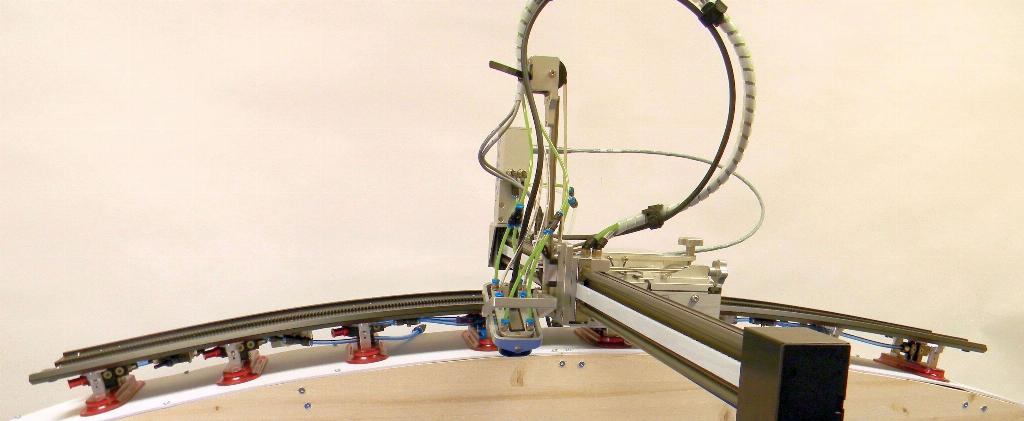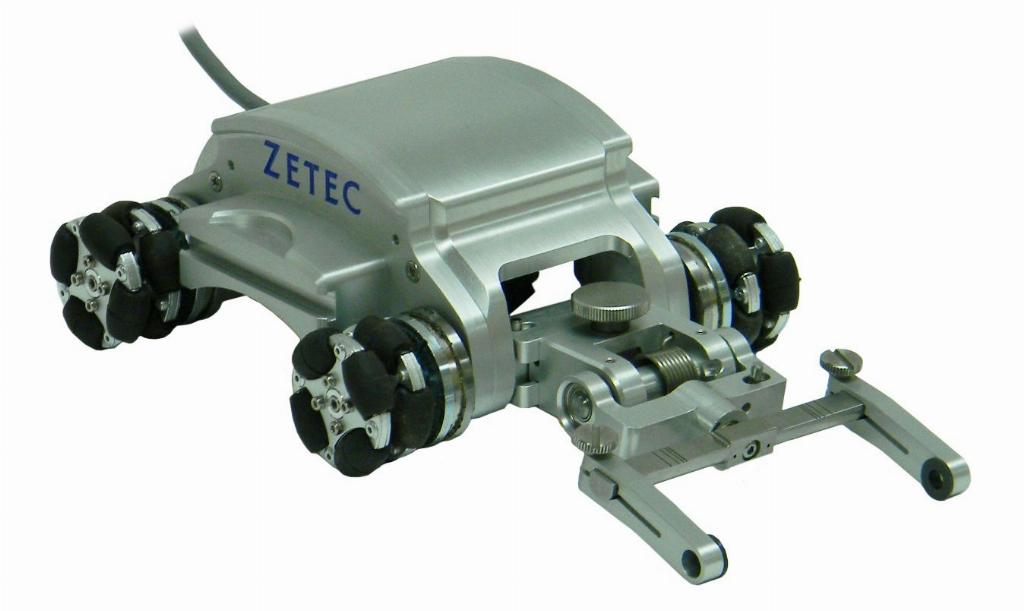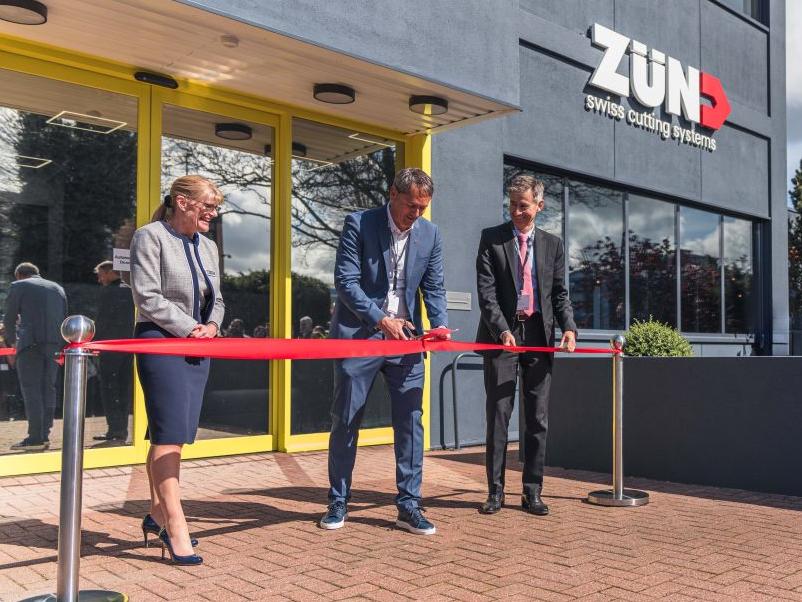Inspect and detect

Zetec’s UT Products manager, Federico Zottig says that as the use of composites expands, the demand for even more capable inspection systems continues to build.
When it comes to critical inspection needs that the industries the world count on every day, non-destructive testing (NDT) solutions specialists, Zetec serves as a single source of high-performance solutions in both eddy current and ultrasonic technologies.
Q) Bring me up to speed on the latest news regarding new equipment?
The biggest news regarding non-destructive testing equipment revolves around compact, rugged off-the-shelf portable phased array ultrasonic instruments with lots of processing power and ability to manage a high throughput of inspection data. With this class of instrument, it’s a case of good things coming in small packages, especially for inspections of composites.

The multi-material and anisotropic nature of composites make them challenging to inspect. Flaws like cracks, porosities and even foreign bodies can occur on the surface or within a particular layer of fibre or resin with no predictable orientation. Delamination defects can occur and propagate quickly, especially in components where a laminate is loaded through the thickness, like at spar or stringer runouts in an airplane wing structure. In an application like aerospace, there may be little or no warning between the points of fatigue and catastrophic failure.
Portable phased array UT inspection systems have developed over the years to a point where they have the computational power necessary to perform advanced inspection data acquisition and processing algorithms, whether it’s at the manufacturing plant or on the flight line or out in the field. They have features like 64-channel code-compliant PAUT; advanced data acquisition through Full Matrix Capture; real-time multi-Total Focusing Method processing for faster, more efficient image reconstruction; Time of Flight Diffraction capabilities; and superior signal quality. These capabilities allow inspectors to perform a wider range of advanced techniques, so they can do the work in less time virtually anywhere the job takes them.
Q) What are the most common examples of non-destructive testing methods?
NDT is a broad category. It ranges from digital imaging technologies like ultrasound and eddy current to strictly manual techniques like liquid penetrant and magnetic particle testing.
For composites, phased array UT can accurately determine the depth and size of flaws in materials using high-frequency ultrasonic energy. A probe emits pulses of sound waves into the material at precise intervals (focal laws) and set angles; when these ultrasonic waves encounter a defect or discontinuity, some of that energy is reflected back from the flaw like an echo. The time it takes for this energy to come back to the probe is calculated and analysed by the instrument’s software and is presented as a visual image on its display for the technician to interpret. The results are immediate and in a digital format that technicians can share, store, process and compare at any time, which makes ultrasonic testing well-suited to quality control.
Q) What other developments are making NDT more cost-effective?
It’s important to consider the probe and scanner. Array probes come in a variety of shapes, sizes, frequencies and the number of elements. If you manage or direct non-destructive testing service providers, it’s important to understand two main types of probe technology.
A 1D linear array probe is the most common type of array for straight beam and angle beam inspections. Think of it as a long transducer that’s capable of generating and receiving a single ultrasonic beam. 2D matrix array probes have elements along two directions. This enables the rapid acquisition of data and the ability to perform a complete volumetric inspection. However, a simple 1D array is more common for inspections of composite materials.

On a large component with convex or concave surfaces or variable thicknesses, maintaining the proper probe position generally involves sophisticated and expensive mechanical systems and an exact knowledge of the specimen geometry. A mechanised position and orientation encoding system can guide the scanner over a specific path with no manual manipulation of the probe.
The latest automated X-Y scanners are simple to use and portable enough for manufacturing or maintenance applications. One of the most innovative scanners has a motorised actuator arm on a flexible track that mounts to the material’s surface using non-marring suction cups. Pieces of track can be connected and re-connected while scanning is under way, giving technicians the ability to construct a virtually infinite path for automated raster scanning in an X and Y direction, and parallel or perpendicular probe orientation.
Handheld scanners with side-by-side encoded wheels and 2D array probes make it easy for technicians to monitor the probe position and orientation as they inspect a curved surfaces. Any gaps in coverage show up on the instrument’s colour display in near-real time, so technicians can feel confident they’re covering an area completely and with a high probability of detection. Deployed with a portable ultrasonic instrument, the right combination of scanner and probe is a complete solution that gives the inspector full confidence that the entire area under test has been sufficiently covered.
Q) What composites-related testing developments will we be seeing in the future?
As computing power evolves, so does inspection software. On portable phased array UT systems, the software can manage the entire inspection process including probe design (acoustic beam simulation), inspection technique development and validation, high-speed data acquisition, advanced data analysis and comprehensive reporting. It can offer a comprehensive set of reconstruction algorithms.
Software can provide more flexibility in the inspection process. For instance, on a component with curves or variable thicknesses, maintaining the proper probe orientation typically involves sophisticated and therefore expensive mechanical systems and an exact knowledge of the specimen geometry.
Software development kits (SDK) allow users to integrate their own development to create custom solutions such as specific UI, processing and analysis tools, custom processed data, remote interaction with an inspection management system and real-time streaming of data to another software platform.
Composites are a challenging application for NDT. As their use expands, the demand for more capable inspection systems continues to build. For technology companies like Zetec, that means developing instruments, probes, scanners and software that really excel as a combination in terms of performance, speed and cost-effectiveness.









